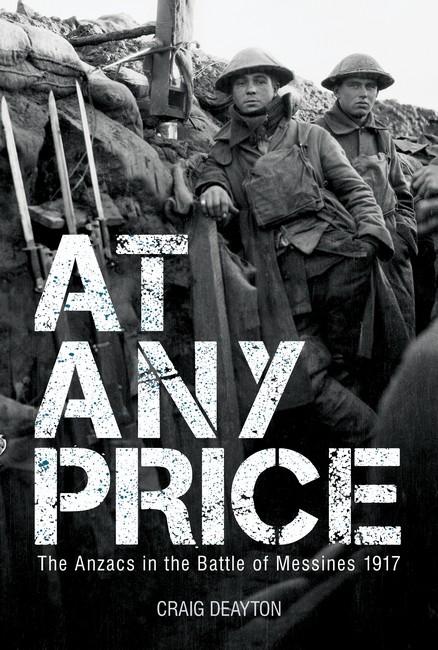These two companion volumes come from the Army History Unit (AHU) and continue its important tradition of producing well-researched works on key Australian battles. The books are different and complementary.

Hardback 324pp RRP: $34.99
Since 2005 AHU has produced several series of books to promote the study and understanding of military history. The books are aimed at its future generation of military leaders. The Battle of Messines 1917 is the eighteenth in the campaign series. In common with the others, it has excellent illustrations and well-constructed maps, together with clear analyses of the leaders, weapons, and tactics of the period. While this book may be principally targeted at junior officers, it and its companions provide very good and easily understood accounts of the battles for a more general audience. The bargain price is a further incentive to readership.
Messines was a key position on the Western Front and its capture was an essential precursor to the Passchendaele campaign that followed. The title of the fuller 335-page account “At Any Cost” refers to the German determination to hold the position though an attack and its timing was expected. The Allies had several advantages. The first was the extent of the mining that had been undertaken by successive tunnelling companies and the massive weight of the explosives ready for the launch of the attack. The second was the Army Commander, General Sir Herbert Plumer. His advocacy of the ‘bite and hold’ tactics was key factor in the success of this battle.
It would have been too easy in the larger of these two volumes to have a close focus on the Australian divisions. Deayton has a much broader view. His analysis of the all the divisional commanders is incisive. He closely looks at the state of training and leadership if each formation. The difference between the performance of the 3rd and 4th Australian divisions is closely analysed and compared with the New Zealand Division.
These accounts meet all the criteria of good military history. The battle is seen in context and in detail. The narrative is based on clear analysis of participants at several levels backed up by an international review of the primary sources. The language is clear and direct. The maps –particularly in their colour versions in the smaller volume are very good indeed. I suspect that these accounts will be the prime reference for this importantbattle. Discerning readers will consult both of them.
Reviewed for RUSIV by Mike O’Brien, September 2017
Contact Royal United Services Institute about this article.






